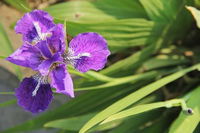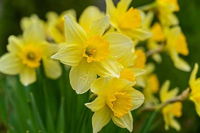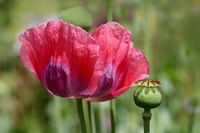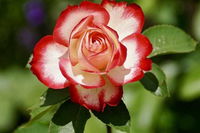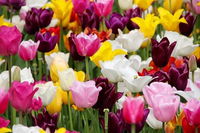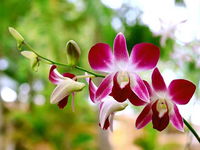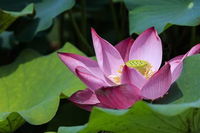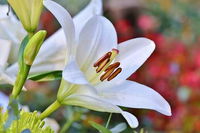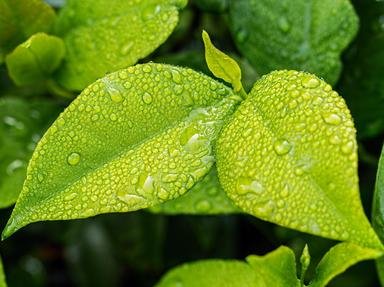
Roses Are Red, Violets Are Blue Quiz
All the beautiful flowers that appear in this quiz play a major role in many of the world's cultures. Each of the flowers pictured here will need to be matched to a trio of objects, places, people or concepts associated with them.
by LadyNym.
Estimated time: 3 mins.
